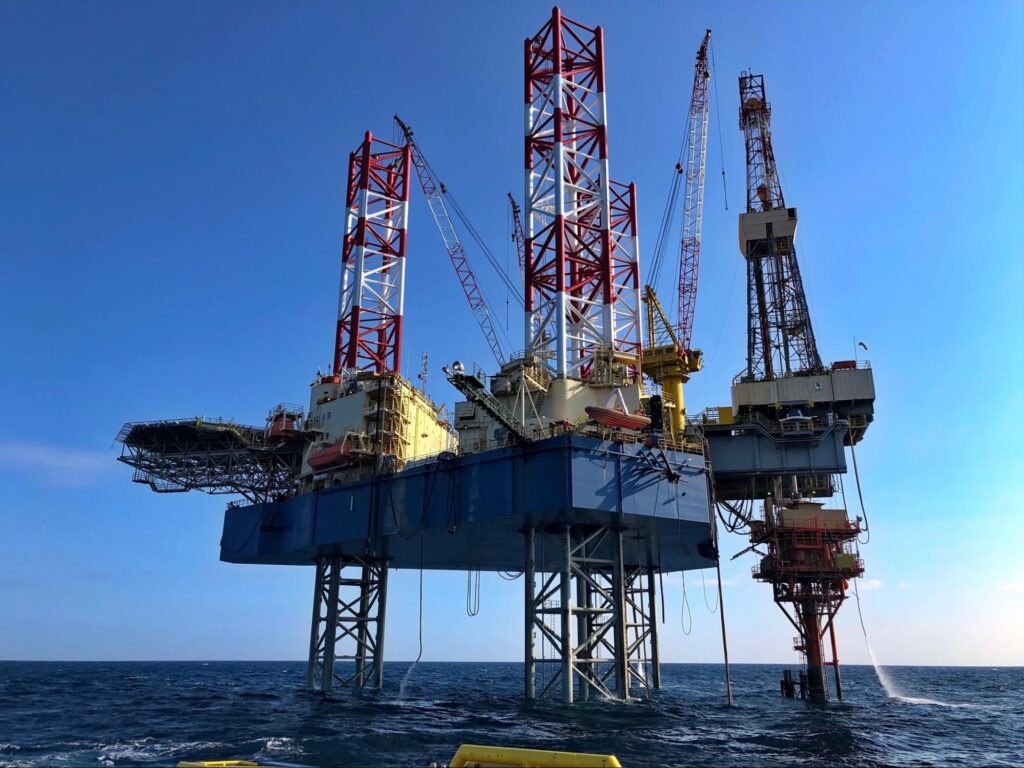The oil and gas industry operates in a complex and high-risk environment, making practical risk assessment critical to ensuring safety and preventing accidents. In this blog post, we will explore the importance of developing a comprehensive risk assessment plan tailored to the specific needs of the oil and gas industry.
We will delve into the risk assessment plans and how the industry adapts to mitigate risks. Additionally, we will introduce FAT FINGER, an advanced safety management software that enables efficient risk assessment and workflow implementation in the oil and gas sector.
Understanding Risk Assessment Plans in the Oil and Gas Industry
1. Process Hazard Analysis (PHA)
Process Hazard Analysis is a systematic approach to identifying and evaluating potential hazards associated with specific processes or operations. In the oil and gas industry, PHA is crucial in assessing risks related to various activities, such as drilling, production, refining, or transportation. It involves techniques like HAZOP (Hazard and Operability Study), FMEA (Failure Mode and Effects Analysis), and What-If analysis to identify potential hazards and implement appropriate control measures.
2. Job Safety Analysis (JSA)
Job Safety Analysis is widely used in the oil and gas industry to assess risks associated with specific tasks or job roles. It involves breaking down job tasks into individual steps and analyzing potential hazards at each stage. JSAs help identify risks such as confined space entry, working at heights, equipment operation, or handling hazardous substances.
3. Safety Integrity Level (SIL) Assessment
Safety Integrity Level Assessment focuses on evaluating the safety performance of instrumented systems used in the oil and gas industry. SIL assessments assess the probability of failure, demand rates, and consequences associated with safety instrumented functions. These assessments help ensure that safety systems, such as emergency shutdown systems or fire and gas detection systems, meet the required integrity levels to prevent or mitigate potential accidents.
4. Environmental Risk Assessment
Environmental Risk Assessment in the oil and gas industry evaluates potential risks and impacts on the environment resulting from operations. This includes assessing risks related to oil spills, air emissions, waste disposal, and ecosystem preservation. The industry can implement appropriate measures to prevent environmental pollution, protect biodiversity, and ensure regulatory compliance by conducting comprehensive environmental risk assessments.
Adapting to Risk Assessment in the Oil and Gas Industry

The oil and gas industry recognizes the importance of risk assessment in mitigating hazards and promoting safety. To adapt to evolving risks and regulatory requirements, the industry embraces several vital practices:
1. Compliance with Industry Standards and Regulations
Oil and gas companies adhere to strict industry standards, such as API RP 75 (Recommended Practice for Development of a Safety and Environmental Management Program),
API RP 14C (Recommended Practice for Analysis, Design, Installation, and Testing of Basic Surface Safety Systems for Offshore Production Platforms), and IEC 61508 (Functional Safety of Electrical/Electronic/Programmable Electronic Safety-Related Systems). These standards provide guidelines for risk assessment, safety management systems, and process safety.
2. Continuous Training and Competency Development:
The oil and gas industry invests in training programs to ensure that engineers and frontline workers possess the necessary skills and knowledge to conduct practical risk assessments. Continuous training enhances their understanding of risk management practices, enables them to identify potential hazards, and equips them with the ability to implement control measures.
3. Technological Advancements and Software Solutions:
The industry leverages advanced technologies and software solutions to streamline risk assessment processes. Safety management software like FAT FINGER enables efficient risk assessment creation, management, and workflow implementation. It facilitates real-time reporting, analytics, and integration with incident management systems, enhancing overall safety management in the oil and gas sector.
About FAT FINGER
Ensure front-line teams do their work correctly every time. Drag & drop digital procedures that unlock operational excellence.
In seconds anyone can build and deploy enterprise-grade mobile applications using an easy drag-and-drop no-code builder.
FAT FINGER uses machine learning to coach app users in real-time to make safer and improved decisions.
Try building your digital procedure on FAT FINGER for free @ www.fatfinger.io




